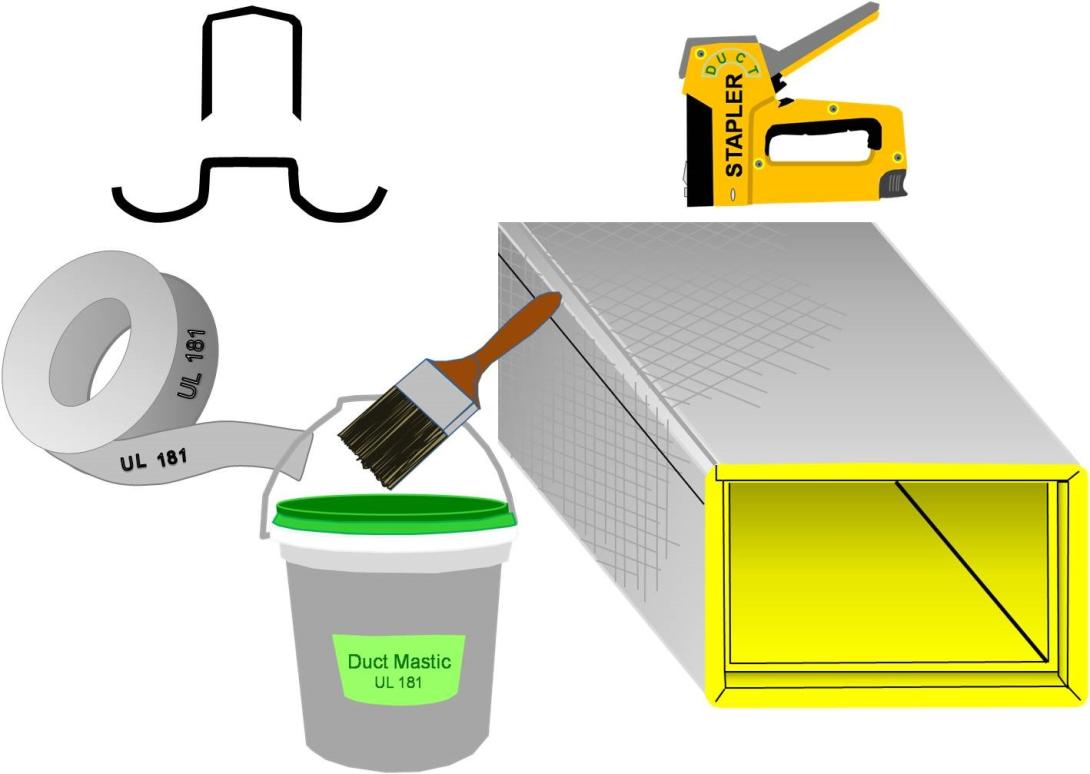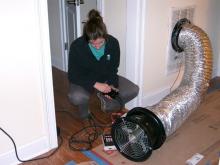HVAC - Duct Leakage Testing
In this training module, the reader will learn about duct leakage to outdoor and total duct leakage. This includes what equipment and components are needed to perform tests for these leakages and instructions on how to do so. Additionally, information and directories on codes and standards that duct leakage should meet are addressed and provided.
Curriculum
-
Remember
- What is duct leakage testing, who performs the test, and why is it useful?
- Understand key terms used with duct leakage testing.
: Duct Leakage Testing - RememberLecture Note
: Duct Leakage Testing - Problem Set 1.1Problem Set
: Duct Leakage Testing - Problem Set 1.2Problem Set
-
Understand
- What are the components of a duct blaster used to test for duct leakage?
- Understand what the two different types of duct leakage testing are, the acceptable leakage limits for each test, and when they are used.
- Understand the impact duct leakage can have on energy losses in high-performance homes.
: Duct Leakage Testing - UnderstandLecture Note
: Duct Leakage Testing - Problem Set 2.1Problem Set
: Duct Leakage Testing - Problem Set 2.2Problem Set
-
Apply
- Understand how to conduct both “Total Duct Leakage” and “Duct Leakage to the Outdoors” types of duct leakage tests.
- Understand what suitable materials and sealants are used in duct sealing and where they should be applied.
: Duct Leakage Testing - ApplyLecture Note
: Duct Leakage Testing - Problem Set 3.1Problem Set
Teaching Materials

HVAC Fiber Board Ducts
Fiber board ducts are fabricated from flat sheets of fiberglass. Fiber board ducting can be used for heating and cooling ducts in HVAC systems; however, it is not recommended for ventilation ducts, especially in humid climates.
As a duct material, fiber board has several advantages. It is inherently insulating, with an R-value of 4.3 per inch. The material is also airtight. Fiber board is relatively inexpensive and easy to work with; however, the overall performance (air tightness) of the system depends on proper fabrication and joining of the sections.
HVAC contractors typically purchase duct board sheets by the carton (and fabricate the ducts themselves in the shop or on site. Sections are assembled by matching factory or field-cut shiplapped male and female ends. The shiplapping ensures close-fitting, smooth joints when duct sections are joined together.
